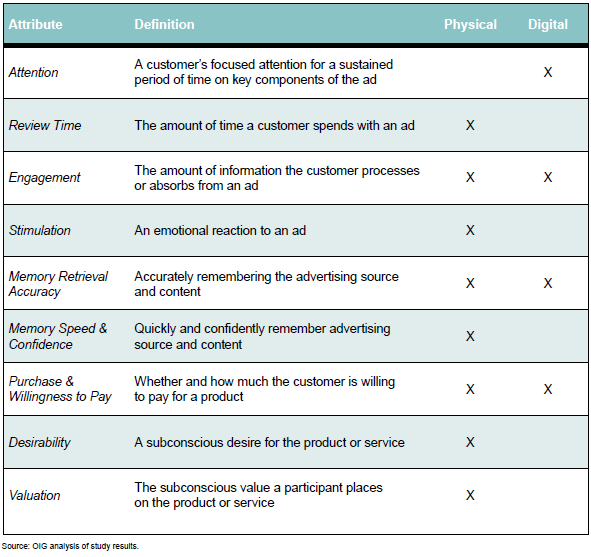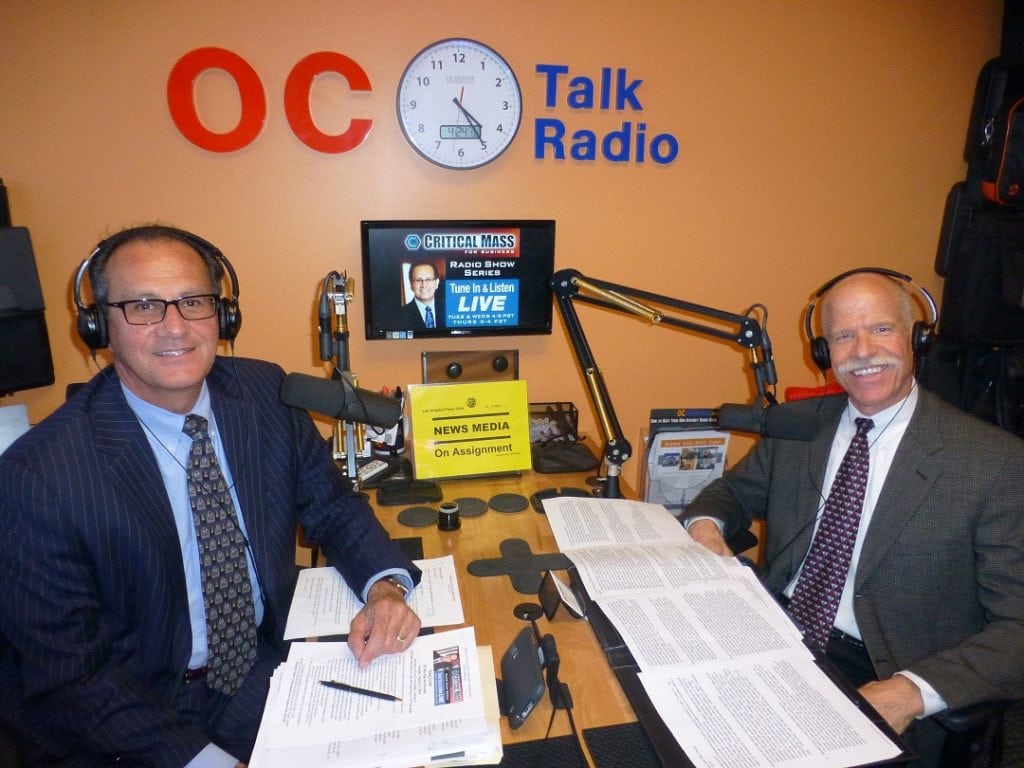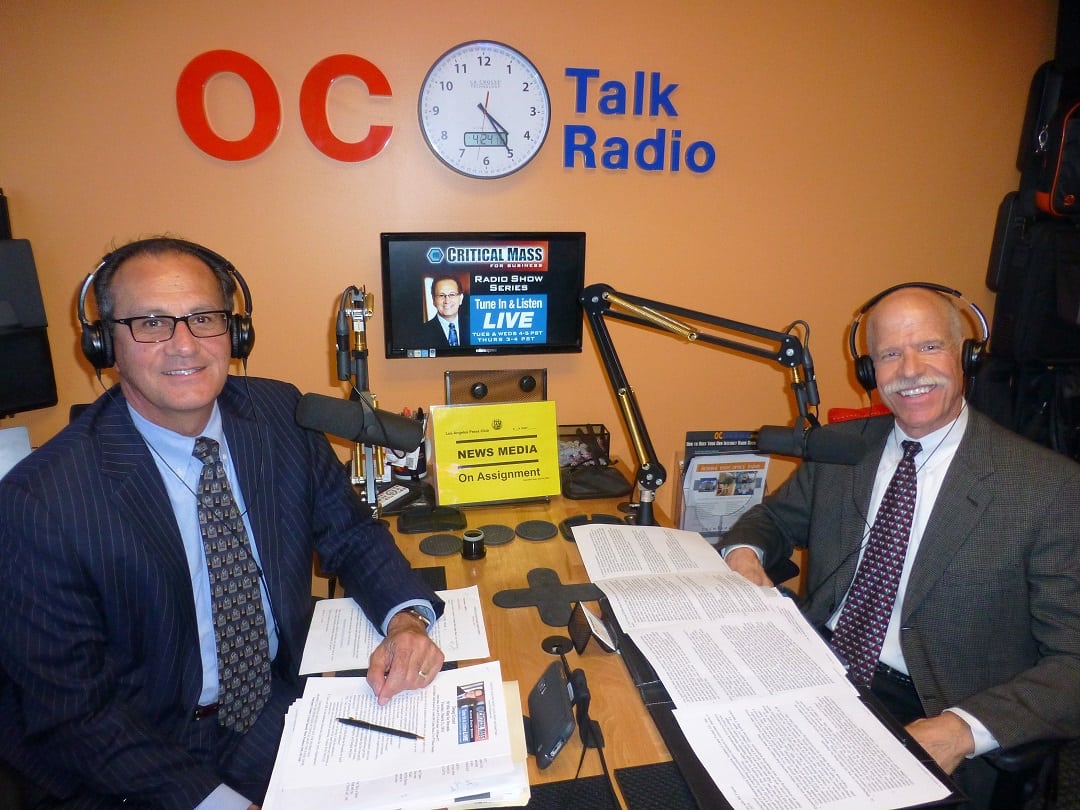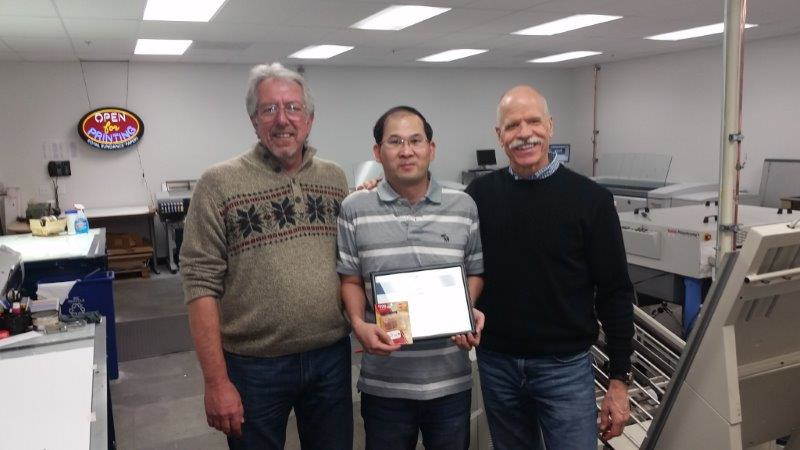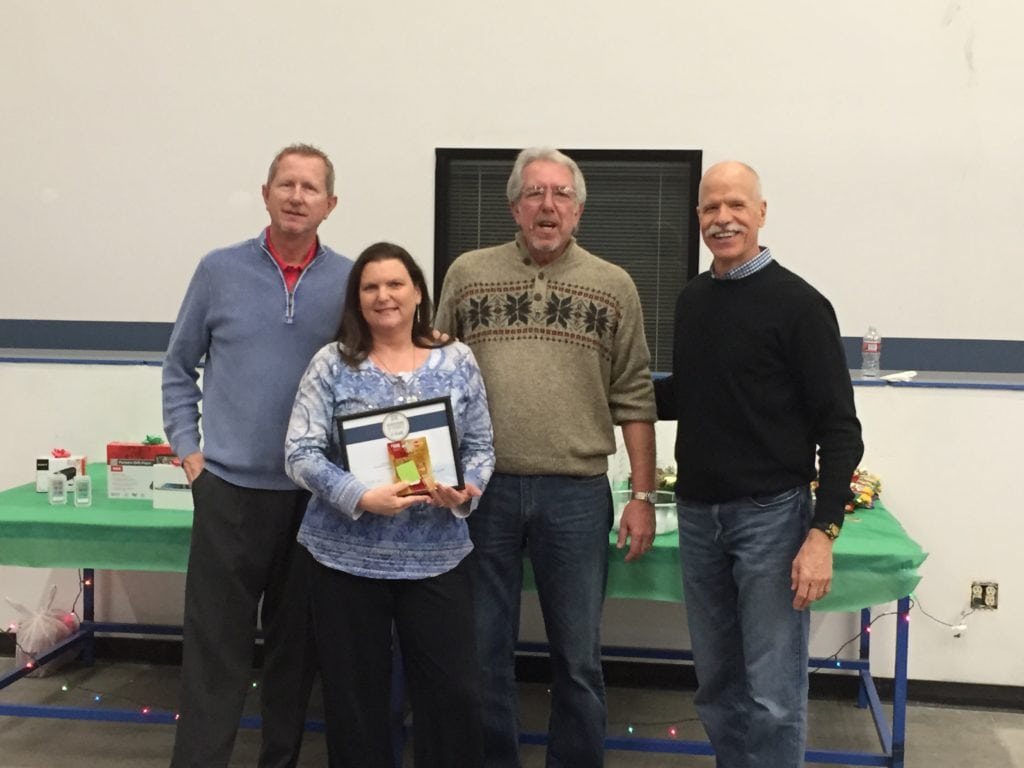What follows is a Linkedin post by Adam Olson, Business Development Associate at Westamercia Communications:
Companies like to talk a lot about Corporate Social Responsibility (CSR) or as Investopedia defines it, “Corporate initiative to assess and take responsibility for the company’s effects on the environment and impact on social welfare. Corporate social responsibility may also be referred to as “corporate citizenship” and can involve incurring short-term costs that do not provide an immediate financial benefit to the company, but instead promote positive social and environmental change.”
But what does this actually look like in practice?
Recently, I took a new position with a company by the name of Westamerica Communications in Lake Forest, CA and I want to share my experience of integrating into a company that does corporate social responsibility well.
The corporate entity Westamerica Communications is the result of a merger of two companies, PSB Integrated Marketing and Westamerica Graphics, producing a fully integrated marketing agency with quite a robust printing capability. Following the merger Westamerica shifted their business model and grew to the tune of 40%, which, as you can imagine, is not typical in the printing world. This is the point where I signed on, almost a year after the merger.
First, focus on doing good.
Businesses so often focus on community outreach programs that they think will convey a public image that is likely to attract the clientele that they desire. This thought process is backwards. Businesses should empower the people within the organization to give back to the community in ways that they are passionate about – and leaders should set this tone.
Westamerica has such a leader in Doug Grant, the CEO and president of the company. Doug is sort of leader that you hope for when you sign on to a new organization – happy, passionate, a bit of an adrenaline junkie, and focused on doing good. Nine years ago, while on a mission trip to Rwanda with his church, Doug was touched by his experience and wanted to do something that had real impact for Rwandans. This spawned the event known as the 50 Mile Ride for Rwanda. Since its inception, the 50 Mile Ride has raised over a half-million dollars to support World Bicycle Relief and Team Africa Rising. These charities supply bikes to the local farmers and merchants allowing them to bring more goods to market and fund the Rwandan National Cycling Team respectively. Here is a recent interview that Doug gave to Locale Magazine.
This example of leadership can be found echoing throughout the organization as other employees from C-Suite Executives on down also pony up and give back in areas that they feel passionate about. Mark DeBellis, President of PSB Integrated Marketing, a division of Westamerica Communications, spends his free time sharing his passion for music with the community by playing guitar at numerous retirement homes in the local area.
Westamerica is also committed to eco-friendly business practices printing with soy-based inks on paper from responsible sources, recycling whenever possible and maintains an FSC certification.
On top of all this, Westamerica also does regular work with local charities including: Second Harvest Food Bank, City of Hope, Toys for Tots, and Stop SAM.
But it is not atypical for companies to do charity work, so what is it about this company that compelled me to write this article and what actionable steps can you take to achieve the similar results?
First, stop viewing Corporate Social Responsibility as a PR opportunity and instead focus being a force for good.
Focus on your people.
As a business, the first and most intimate interaction with your community is with your employees. As I made my rounds during the initial weeks at Westamerica, I was able to get a thorough feel for the overall morale of the organization. It was astoundingly positive. Couple this with the fact that this organization just went through a merger and did not lose a single employee as a direct result. This begs the question, what are they doing right?
- Make wise investments in your people
- Monetarily and otherwise. Since we live in the digital age and employees have free access to information, companies that focus on their employees will reap the benefits of a happy and productive workforce and are less likely to lose talent to competitors.
- Foster a positive culture, rewarding high-performing employees for team and individual contributions.
- Reward high performers. This does not always equate to financial compensation. Form real relationships with your employees and find out what makes them tick. Feed those motivations and you will build a workforce that is unbeatable.
Focus on your Clients.
From the beginning, it was readily apparent that clients were, are, and will continue to be the main focus for Westamerica. One of the first documents I received during the on-boarding process had the words in bold on the top, “why do we exist.” The answer to this question, I believe, should be your answer as well.
“To help our clients grow.“
Clients are your lifeblood as an organization and every company would do well to remember this.
Focus on your products.
Greg Glassman, The founder of CrossFit Inc. once said, “I can tell you what it is that makes you successful in business… It is the blind and relentless, constant pursuit of excellence.” I think this holds true in practice and I have seen it lived out here at Westamerica. Employees at all levels of the organization take a personal pride in their jobs and make the utmost effort to deliver excellence in their daily tasks. Again, why is this? I think the individual reasons are as varied as the individuals who hold them, but I am willing to bet that in the aggregate sense, they are well paid, proud of the organization that they are a part of, and feel that their voices are heard.
Takeaways
- Position your organization to effectively be a force for good in the world
- Focus on helping your clients achieve their goals
- Focus on empowering your employees
- Focus on constantly improving your product or service and deliver excellence to the market. You just might find that in free markets, excellence is rewarded with capital.


